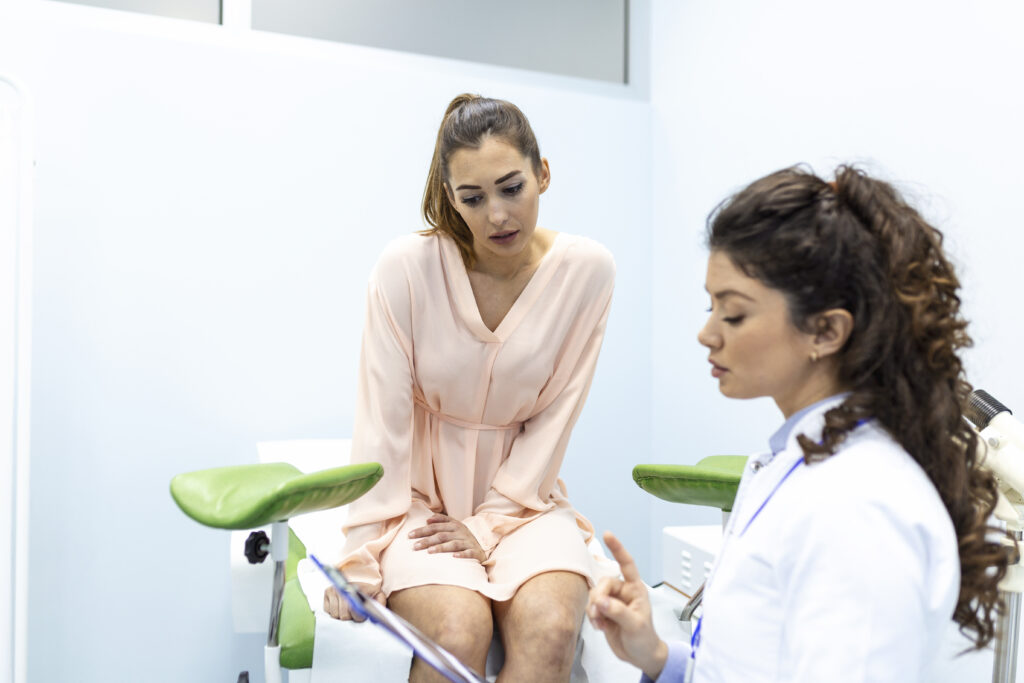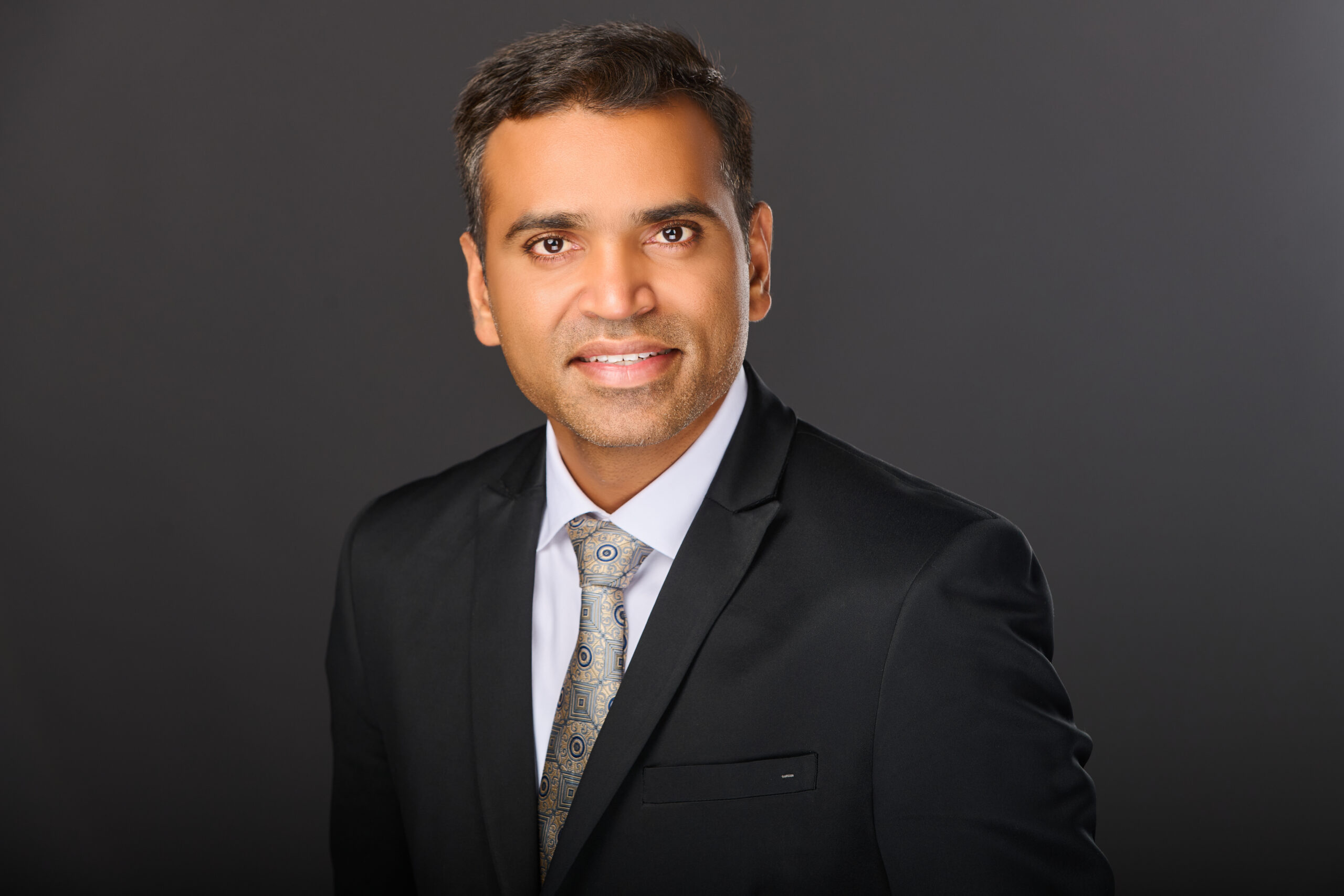Why Remove a God-Given Organ? Understanding Fibroids and Safer Treatment Options

Every organ in a woman’s body serves a meaningful purpose—especially the uterus. Beyond its role in pregnancy, the uterus supports hormonal balance, structural integrity, and emotional well-being. Yet, across India—and especially in Telugu-speaking states—thousands of women are undergoing hysterectomies, many of them unnecessarily.
Recent statistics reveal that for every 100 hysterectomies done in India, nearly 12 are from Andhra Pradesh and Telangana alone. A large number of these are performed due to a common condition: uterine fibroids. But the truth is, there are non-surgical, uterus-sparing alternatives that more women should know about.
What Exactly Are Fibroids?
Fibroids are non-cancerous lumps made of muscle tissue that can develop either within the uterus or along its outer wall. They vary in size and number and are especially common among women in their 30s to 50s.
In many cases, fibroids don’t cause noticeable problems. But in others, they can trigger:
- Heavy or prolonged menstrual bleeding
- Pressure or pain in the pelvic area
- Frequent urination or constipation
- Pain during intercourse
- Fertility challenges
Still, having fibroids doesn’t mean the uterus has to be removed. The real issue lies in the overuse of hysterectomy as the default solution.
Why Hysterectomy Shouldn’t Always Be the First Option
Though a hysterectomy can be medically necessary in some situations, using it as the first response to fibroids can bring more harm than healing:
- It can lead to early menopause, especially if ovaries are also removed.
- Emotional consequences, including loss of self-identity, are common.
- Recovery time is long and involves surgical risks like infections and internal damage.
- Some women experience pelvic floor issues or hormonal imbalances afterward.
Women deserve informed choices before making such a permanent decision.
A Safer, Uterus-Preserving Option: Uterine Fibroid Embolization (UFE)
One of the most effective and least invasive treatments for fibroids is Uterine Fibroid Embolization (UFE)—a procedure performed by interventional radiologists.
Thoroughly:
- A slender, flexible catheter is gently inserted into a blood vessel via the wrist or groin, allowing access to the fibroids for treatment.
- Tiny particles are introduced to block blood flow to fibroids.
- Without blood supply, the fibroids shrink naturally over time.
Why many women choose UFE:
- No surgery, no stitches
- Preserves the uterus and hormonal function
- Quick recovery (most return to normal activities in 3–5 days)
- Relieves bleeding, pain, and pressure symptoms
- No general anesthesia required
At Dev Hospitals, our endovascular specialists provide UFE with precision, comfort, and care—offering hope to women who want relief without losing their womb.
Frequently Asked Questions
Q1: Are fibroids dangerous or cancerous?
Q2: Is hysterectomy the only solution for fibroids?
Q3: Does UFE involve surgery?
Q4: How long is the recovery period after UFE?
Q5: Can I get pregnant after UFE?
Q6: Will fibroids come back after treatment?
Final Thoughts
Your womb is a vital part of your body and shouldn’t be removed without exploring safer, less invasive alternatives. Just because fibroids are present doesn’t mean you need to lose your womb. There are safer, less invasive options like UFE that treat the condition without removing an organ that plays a vital role in your body.
Before committing to surgery, take a second opinion. Talk to a specialist who prioritizes preserving your health—not just removing what’s causing discomfort.
Need guidance on fibroid treatment or a second opinion?
Contact Dev Hospitals today for compassionate, expert care




